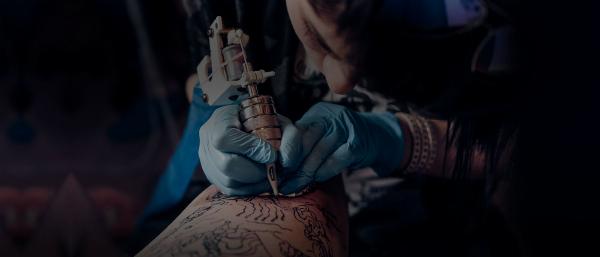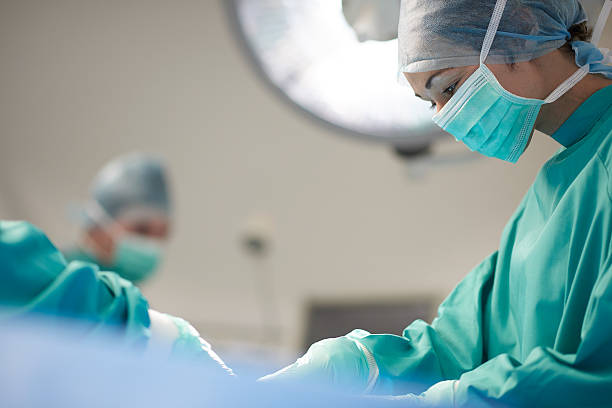Understanding Tattoo Pain: From Most to Least Painful

Strong 8k brings an ultra-HD IPTV experience to your living room and your pocket.
Getting a tattoo involves some level of discomfort, varying significantly based on the body part. Understanding which areas are most painful can help in planning the experience and setting realistic expectations. This article provides a ranking of tattoo pain, from the most to least painful areas, offering insights into what to expect during the process.
· Most Painful Areas
Tattoo pain is most intense in areas with thin skin and minimal fat, where nerve endings are more concentrated. The ribs are notorious for being one of the most painful spots to tattoo. The lack of cushioning and proximity to bone make the experience particularly sharp and intense. Similarly, the spine and sternum areas are highly sensitive due to their bony structure and minimal flesh.
The armpits are another highly sensitive area, with many nerve endings and thin skin. This makes tattooing there quite painful, often compared to being pinched repeatedly. The groin area, including the inner thighs, is also extremely sensitive due to the thin skin and presence of numerous nerve endings.
· Moderately Painful Areas
Areas with a moderate amount of muscle and fat typically experience less intense pain. The upper arms and thighs fall into this category, offering more cushioning and less direct impact on nerve endings. The forearms, while still somewhat sensitive, are less painful due to their muscle and fat layers.
The calf muscles provide a buffer, reducing pain compared to more sensitive areas. However, the Achilles tendon, located just above the heel, can be quite painful due to its proximity to bone and lack of cushioning. The lower back also falls into this category, with pain levels varying based on the individual's pain tolerance and muscle mass.
· Least Painful Areas
Areas with thicker skin and more fat or muscle tend to be the least painful for tattoos. The shoulders and outer arms are commonly cited as less painful, making them popular choices for first-time tattoo enthusiasts. The buttocks, with ample padding, also fall into the category of less painful areas, making them a good choice for larger designs.
The calves, excluding the Achilles tendon area, are another relatively low-pain area. This region's muscle and fat provide a cushion that helps reduce the intensity of the tattooing process. Similarly, the upper back, particularly around the shoulder blades, is considered less painful due to the muscle and fat present.
· Choosing the Right Artist and Parlour
Choosing the right tattoo artist and parlour can also influence the tattooing experience. The best tattoo artists on the Gold Coast are known for their skill and ability to work with clients' pain tolerance levels. They can advise on pain management techniques and guide aftercare, ensuring a smoother healing process.
Finding the best tattoo parlour on the Gold Coast involves considering factors such as hygiene standards, artist portfolios, and customer reviews. A reputable parlour prioritizes client comfort and uses high-quality equipment, which can reduce the pain and discomfort associated with getting a tattoo.
Conclusion
Tattoo pain varies significantly depending on the body area, individual pain tolerance, and the skill of the tattoo artist. While some areas are more sensitive due to thinner skin and proximity to bones, others offer more comfort due to their muscle and fat layers.
Understanding these differences can help individuals make informed decisions about tattoo placement and preparation. Selecting the right artist and parlour, such as those renowned on the Gold Coast, further enhances the experience, ensuring a blend of quality and comfort.
Note: IndiBlogHub features both user-submitted and editorial content. We do not verify third-party contributions. Read our Disclaimer and Privacy Policyfor details.







